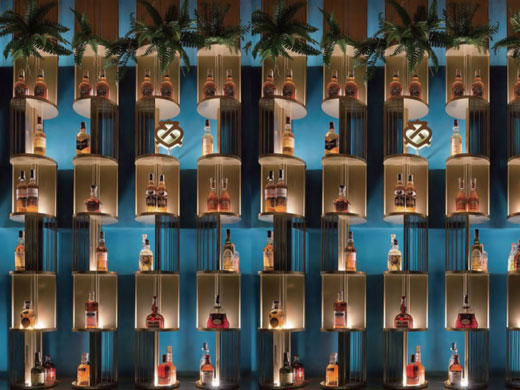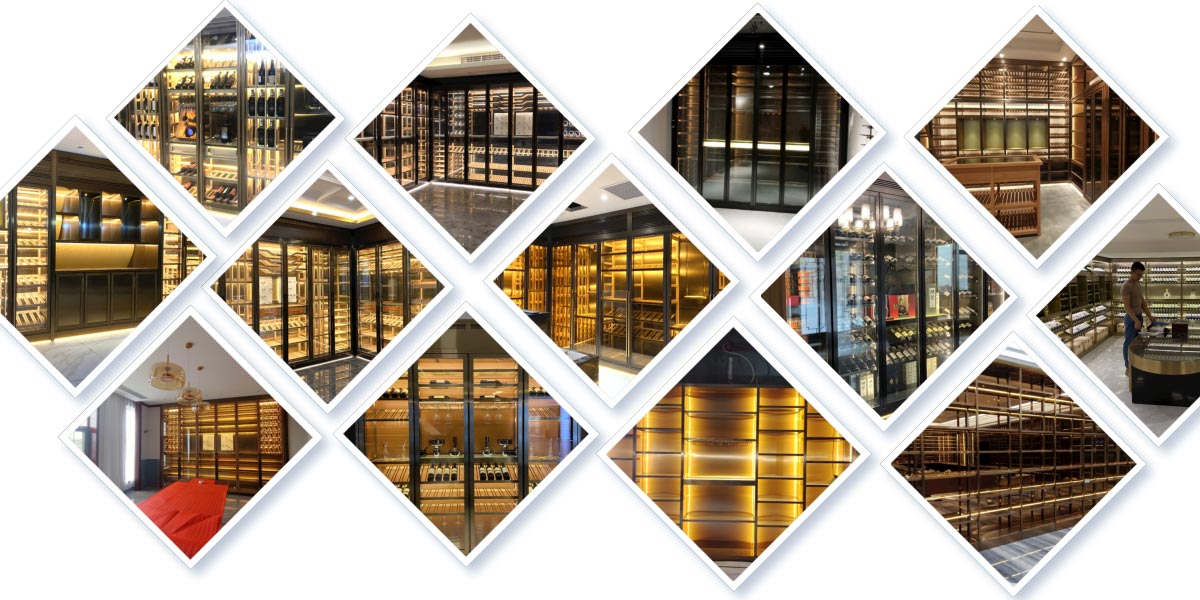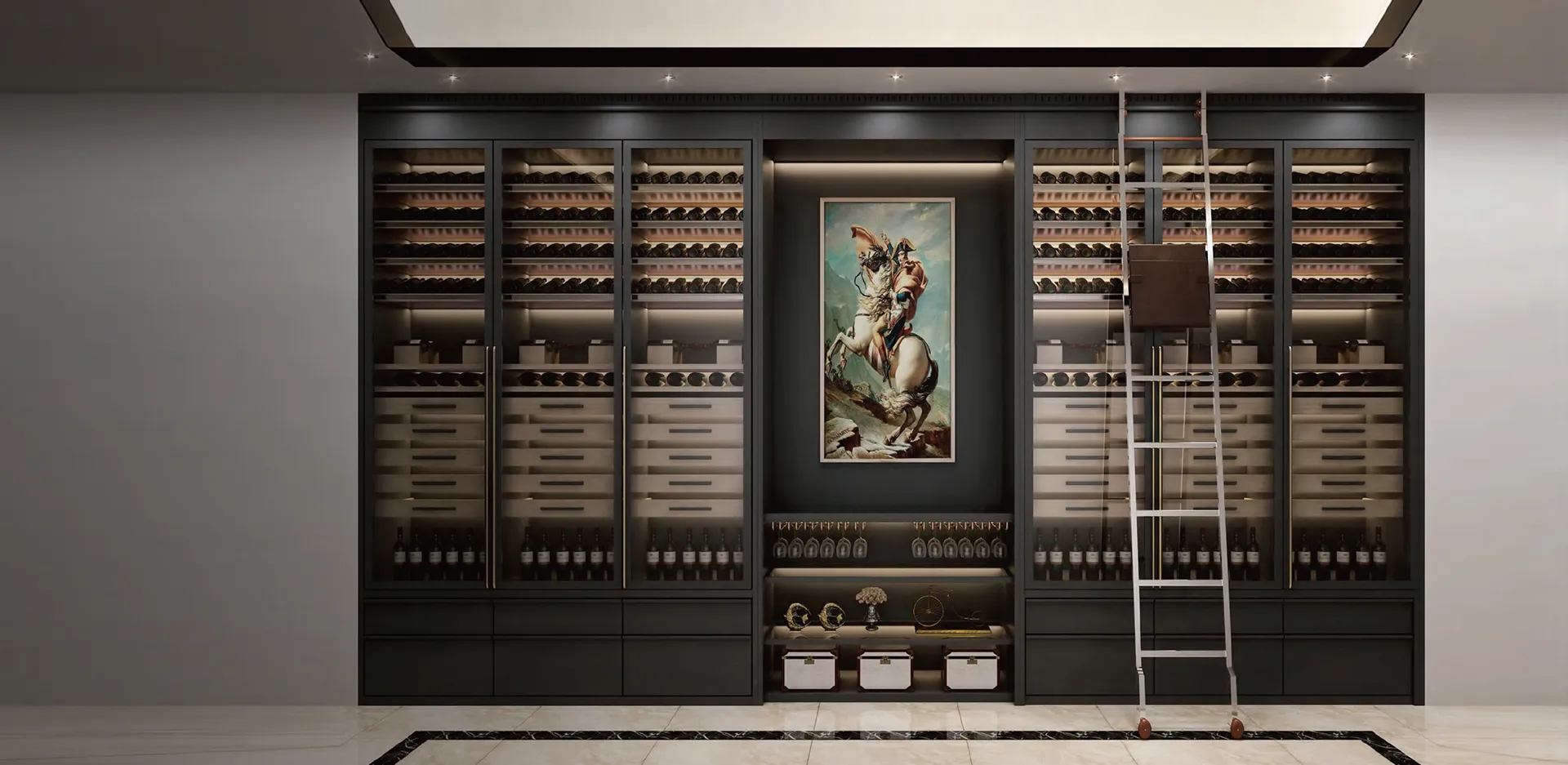What Are Chinese Kitchen Cabinets Made Of?
Chinese kitchen cabinets have gained immense popularity worldwide due to their affordability, quality, and versatile designs. These cabinets are manufactured using a variety of materials, each chosen for its specific properties to cater to diverse market demands. Understanding what Chinese kitchen cabinets are made of can help homeowners and contractors make informed decisions when selecting cabinets for their kitchens.
1. Solid Wood
Solid wood is a traditional and premium material often used in high-end Chinese kitchen cabinets. It is valued for its natural beauty, durability, and timeless appeal.
Types of Wood: Chinese manufacturers commonly use oak, maple, cherry, birch, and rubberwood. Each type of wood offers unique grain patterns and tones, catering to different aesthetic preferences.
Advantages:
Durable and long-lasting.
Can be stained, painted, or finished to achieve various looks.
Adds a luxurious and natural touch to kitchens.
Applications: Solid wood is often used for cabinet doors, frames, and decorative elements.
Challenges:
More expensive compared to other materials.
Requires proper maintenance to prevent warping or cracking.
2. Plywood
Plywood is one of the most popular materials for Chinese kitchen cabinets due to its strength, affordability, and versatility.
Composition: Plywood is made by layering thin sheets of wood veneer, glued together with alternating grain directions for added stability.
Advantages:
Lightweight yet strong and durable.
Resistant to warping, cracking, and shrinking.
Cost-effective alternative to solid wood.
Applications: Commonly used for cabinet boxes, shelves, and backs.
Environmental Considerations: Many Chinese manufacturers use eco-friendly adhesives and source veneers sustainably to meet international standards.
3. Medium-Density Fiberboard (MDF)
MDF is a widely used engineered wood product in Chinese kitchen cabinets, known for its smooth surface and affordability.
Composition: MDF is made by compressing wood fibers and resin under high pressure and heat.
Advantages:
Smooth surface ideal for painting and laminating.
Cost-effective and uniform in texture.
Resistant to splitting and cracking.
Applications: Used for cabinet doors, panels, and decorative elements.
Challenges:
Less durable than solid wood or plywood.
Susceptible to water damage if not properly sealed.
4. Particleboard
Particleboard is another common material used in budget-friendly Chinese kitchen cabinets. It is made from wood chips, sawdust, and resin compressed into sheets.
Advantages:
Highly affordable and lightweight.
Can be laminated or veneered to mimic the look of wood.
Eco-friendly, as it utilizes wood waste materials.
Applications: Used for cabinet boxes, shelves, and back panels in cost-effective designs.
Challenges:
Less durable and prone to sagging under heavy weight.
Vulnerable to moisture and humidity, requiring proper sealing.
5. Laminate
Laminate is a popular surface material in Chinese kitchen cabinets, offering a sleek and modern appearance.
Composition: Laminate is made by layering paper or fabric with resin and bonding it to a substrate like MDF or particleboard.
Advantages:
Wide range of colors, patterns, and finishes.
Durable and easy to clean.
Resistant to scratches, stains, and heat.
Applications: Used as a surface finish for cabinet doors and panels.
Challenges:
Can peel over time if not properly maintained.
Edges may chip under heavy use.
6. Stainless Steel
Stainless steel cabinets are becoming increasingly popular in modern Chinese kitchens, especially in commercial and industrial settings.
Advantages:
Extremely durable and resistant to moisture, heat, and corrosion.
Easy to clean and maintain, making it hygienic.
Modern and sleek appearance.
Applications: Commonly used in high-end kitchens and outdoor cabinetry.
Challenges:
Expensive compared to other materials.
Can show fingerprints and smudges easily.
7. Glass and Acrylic
Glass and acrylic are often used as accents or finishes in Chinese kitchen cabinets, adding a touch of modernity and elegance.
Glass Features:
Used for cabinet doors to display contents.
Options include clear, frosted, or textured glass.
Adds visual depth and openness to the kitchen.
Acrylic Features:
High-gloss finish that mimics glass but is lighter and more affordable.
Scratch-resistant and easy to clean.
Applications: Commonly paired with MDF or particleboard as the base material.
8. Eco-Friendly Materials
Many Chinese manufacturers are adopting eco-friendly practices and materials to meet global environmental standards.
Recycled Wood Products: Engineered wood made from recycled materials reduces waste and promotes sustainability.
Low-VOC Finishes: Water-based paints and adhesives with low volatile organic compounds (VOCs) improve indoor air quality.
Bamboo: Bamboo is a renewable material used in some cabinets for a natural and eco-conscious design.
Chinese kitchen cabinets are made from a diverse range of materials, each catering to specific needs, budgets, and design preferences. From premium solid wood and durable plywood to cost-effective MDF and particleboard, there is a material for every type of homeowner. Additionally, innovative finishes like laminate, stainless steel, and glass enhance the functionality and aesthetics of these cabinets. As Chinese manufacturers continue to improve their craftsmanship and adopt sustainable practices, their kitchen cabinets remain a competitive choice for homeowners worldwide.
Hot News
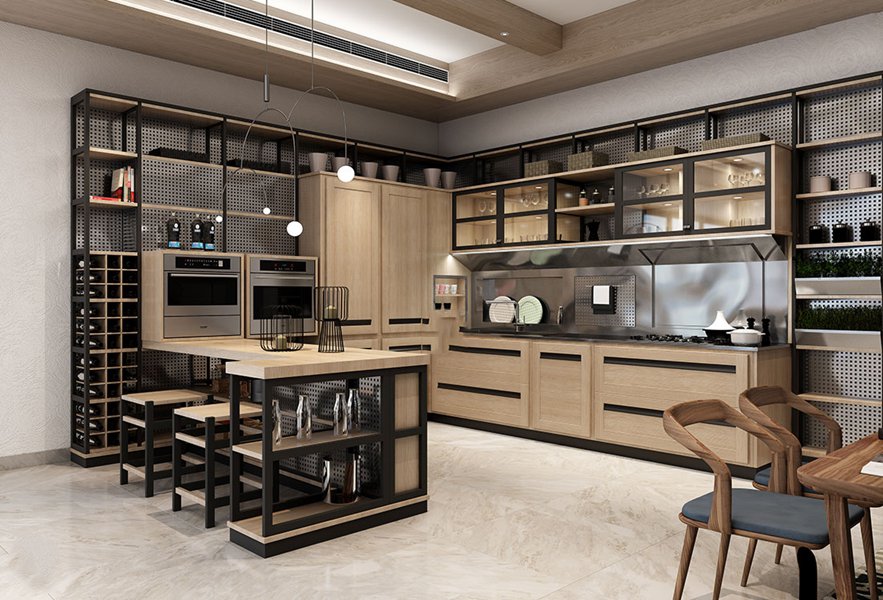
Best Outdoor Stainless Steel Cabinets: Features, Prices, and Buying Tips
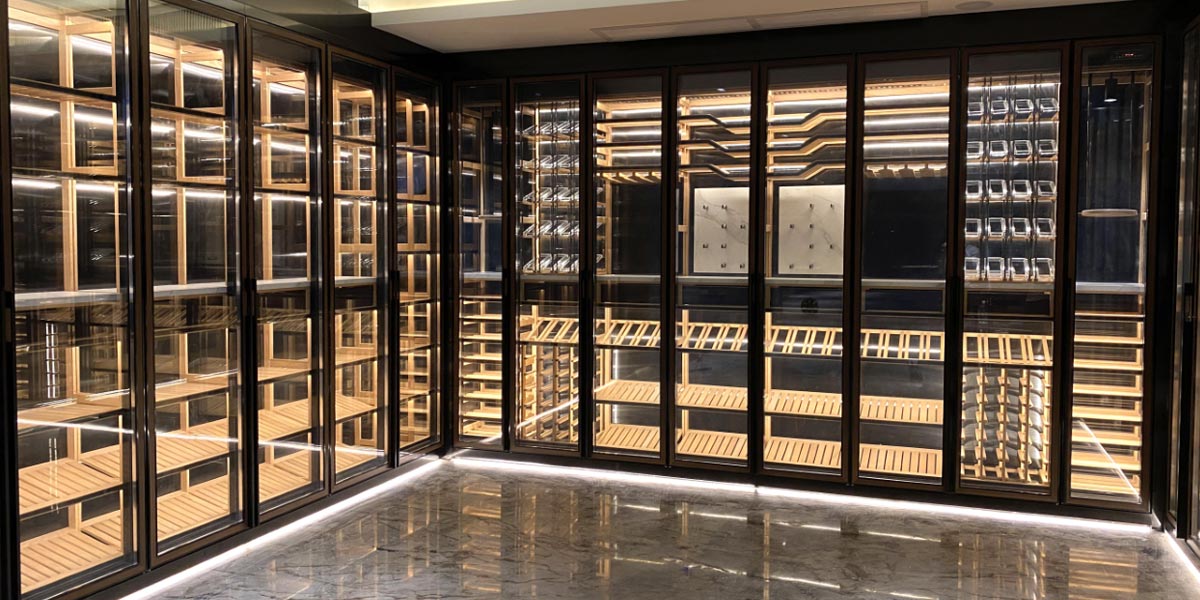
Built-in vs. Freestanding Stainless Steel Wine Cabinets
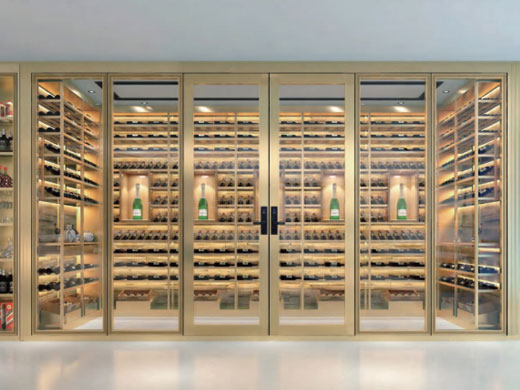
Stainless Steel Wine Cabinet: Ultimate Guide for Modern Wine Storage
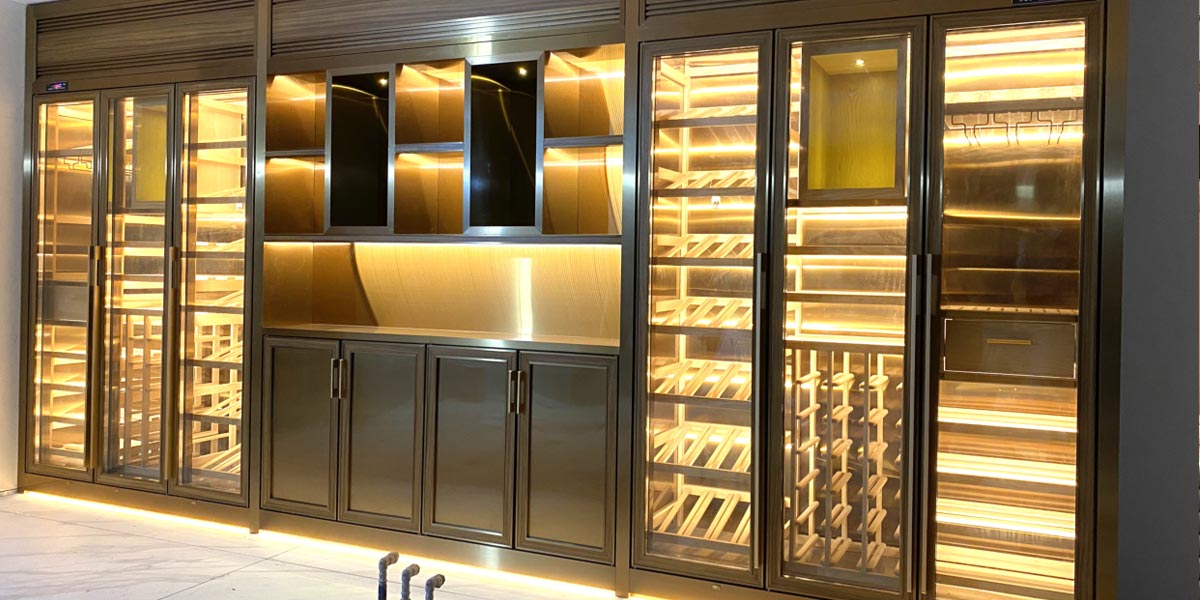
How to Choose the Right Stainless Steel Wine Cabinet: A Complete Buyer’s Guide
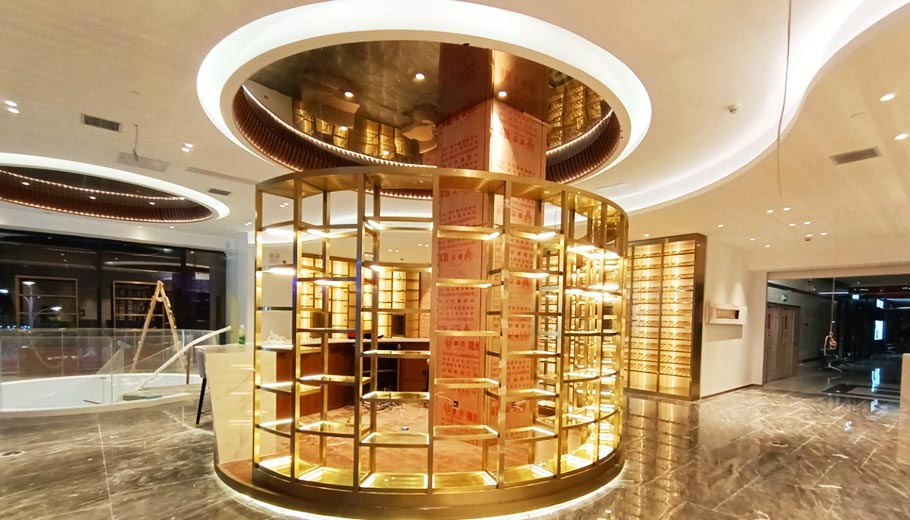
What Size Stainless Steel Wine Cabinet Do You Need?
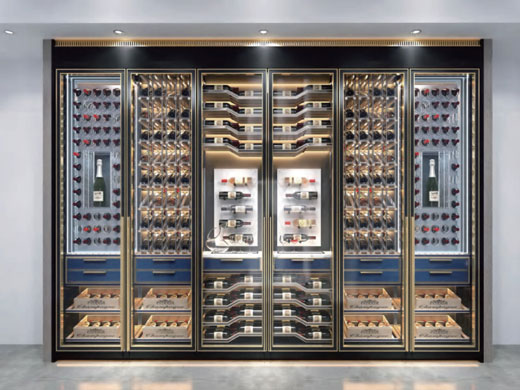
Single-Zone vs. Dual-Zone Stainless Steel Wine Cabinets: Which One Should You Choose?
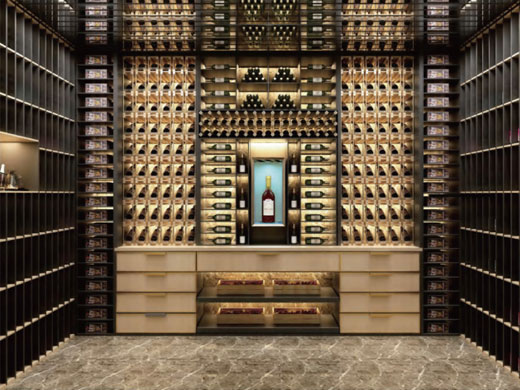
Best Commercial Stainless Steel Wine Cabinets for Bars & Restaurants
